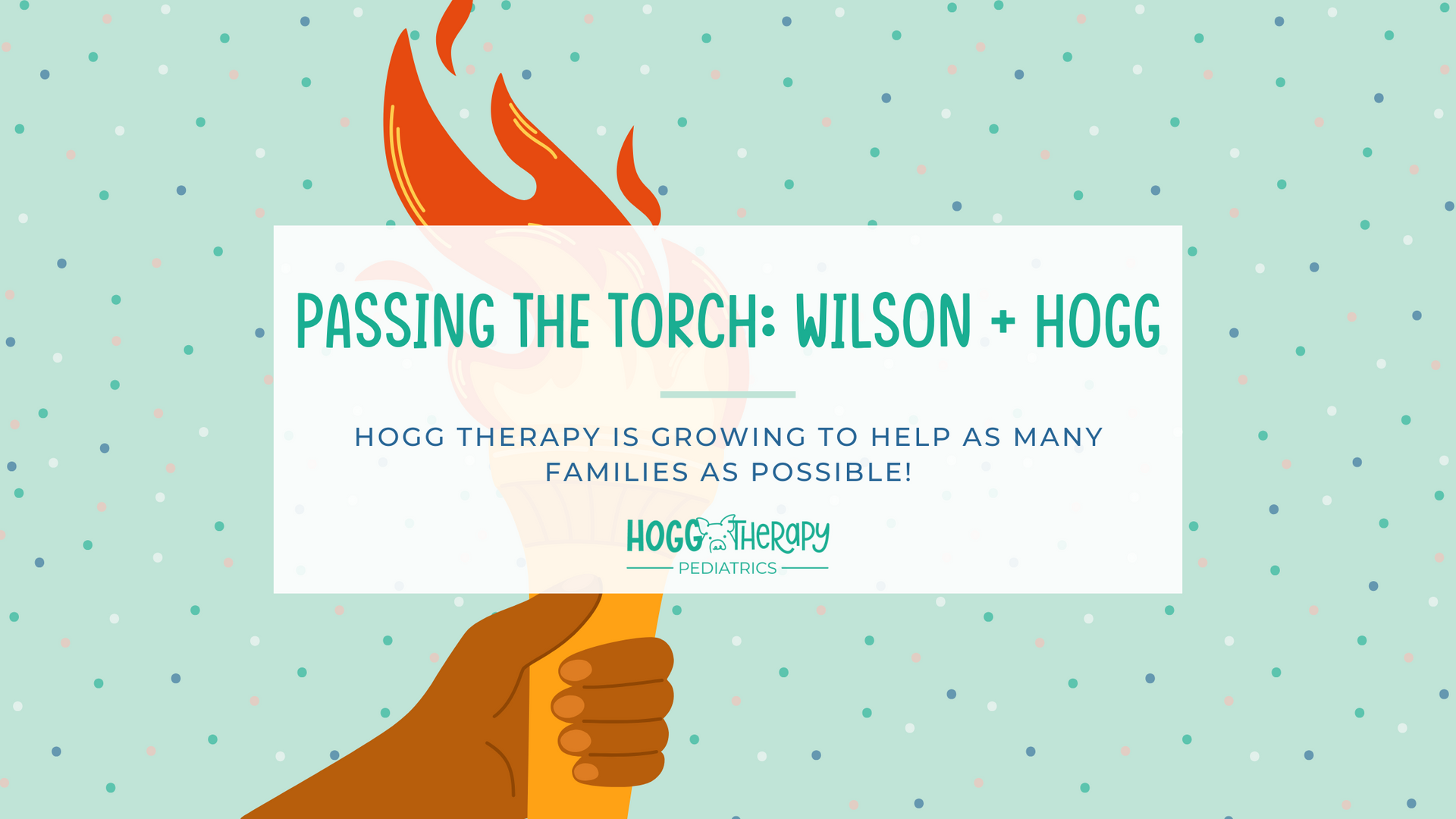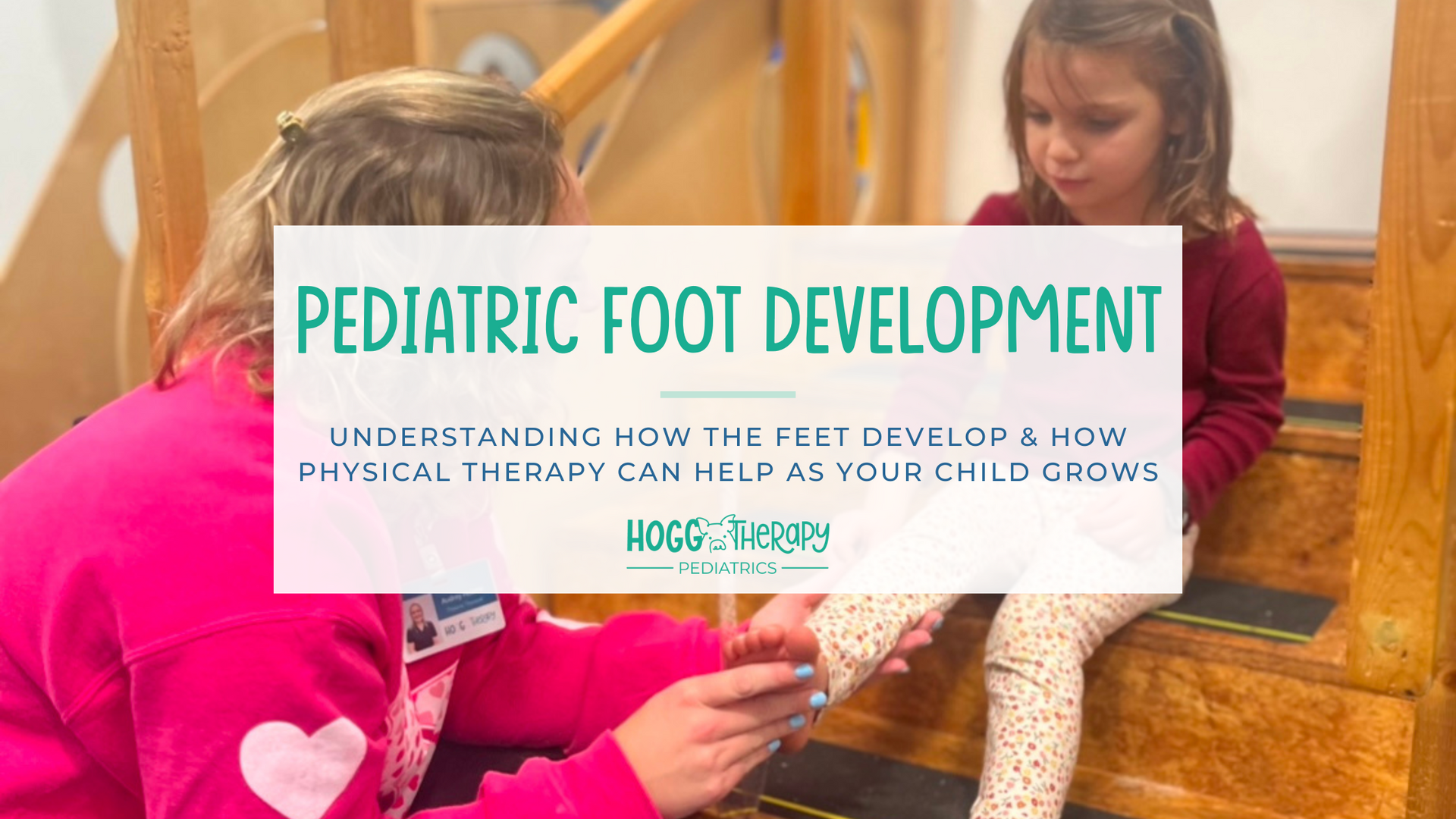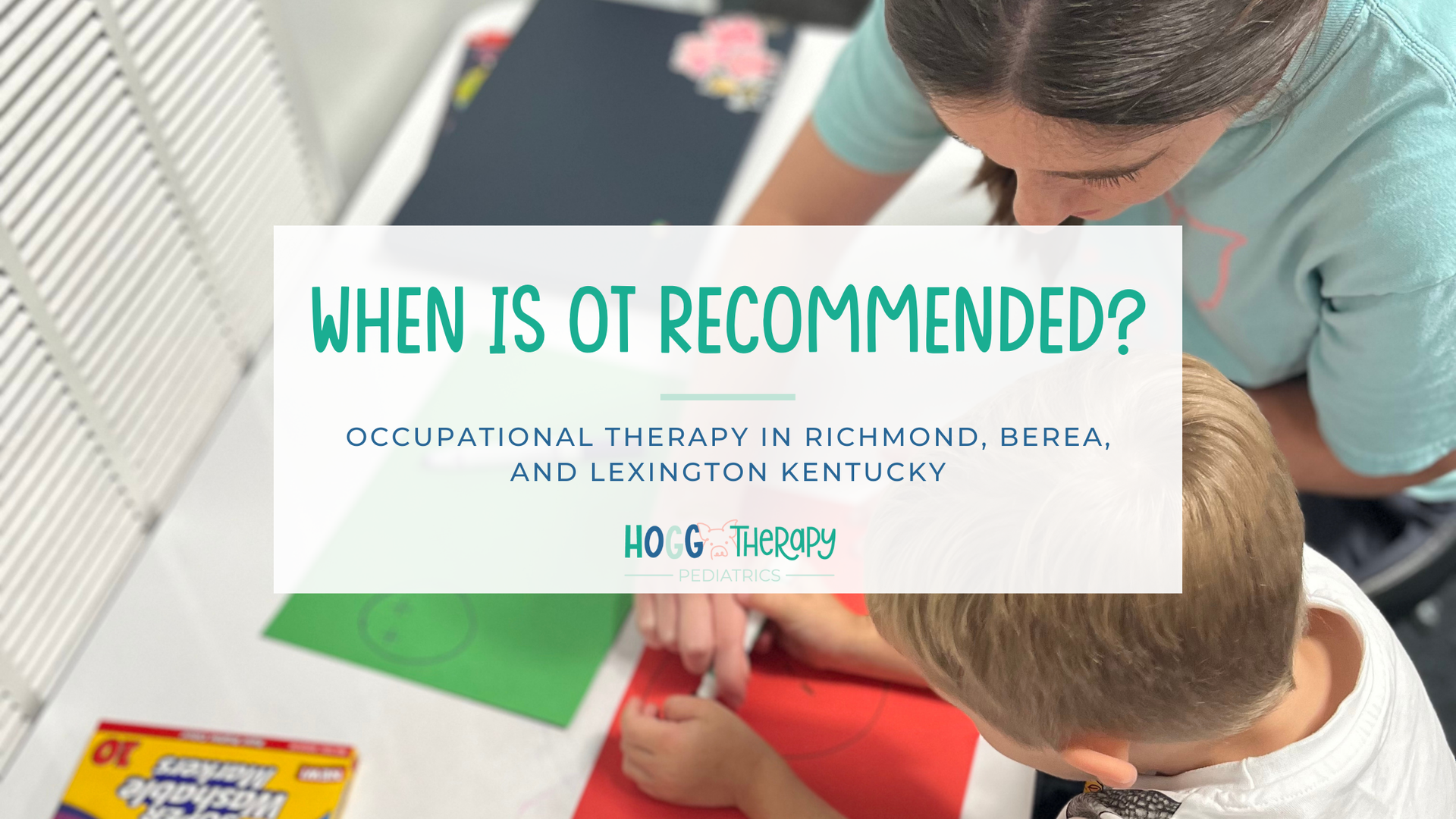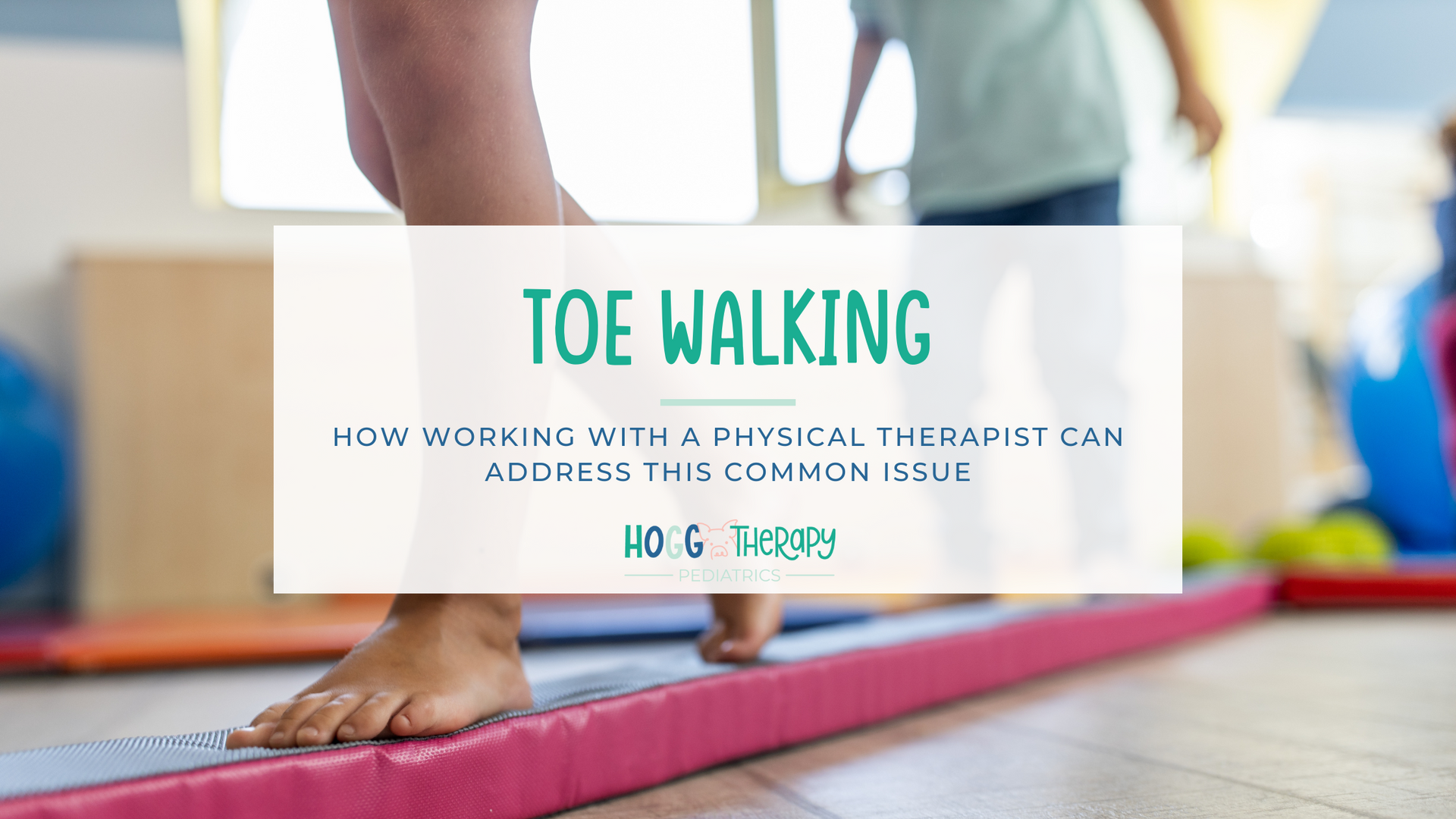The World of W-Sitting
W-sitting is when a child sits with both legs bent behind them into the shape of a “W”.

W-sitting is when a child sits with both legs bent behind them into the shape of a “W”. Children often like to sit in a “W” because they have weaker abdominal (aka core) muscle strength so this position is easier as they do not have to activate their core muscles to sit down. Children might also feel comfortable because their femur (thigh bone) is naturally turned more inward (aka femoral anteversion) than others.
What's wrong with W-Sitting?
If you have taken your child to a physician you might have been asked “do they W-sit?” and the next comment was probably something like “don’t let them do that”. But why? Why is W-sitting wrong?
W-sitting is a comfortable way to “work smarter not harder”. Kids have instinctively found a comfortable way to sit that doesn’t take effort. However, W-sitting encourages poor posture and leg alignment. Continuous W-sitting can have several side effects including but not limited to:
- pigeon-toed walking
- squatting with knock knees or knees coming into the middle (this can cause weakness which can lead to a potential future injury)
- difficulty standing up from the floor without using their hands
If a child sits in a W because they have a weak core, then they are not getting stronger which can affect other skills such as posture and throwing a ball. If they W-sit because they demonstrate femoral anteversion, then they are not strengthening their legs and hips in the correct position. Not correcting poor leg alignment can potentially contribute to future injury.
How to Correct W-Sitting
There are several alternative ways to encourage your child from sitting in a W. It does require consistent reminders from parents and caregivers as this is a habit for most children and can take a while to break.
- Criss-cross applesauce
- This is uncomfortable for some children. If it is, you can practice sitting in criss-cross by having your child sit in your lap when you sit criss-cross.
- Sit with your legs straight in front of you
- Sit in a side sit
- Sit in a chair as this will change the environment enough that children won’t want to W-sit
- Make sure the chair fits your child (feet on the floor). If they are sitting on a couch or recliner, that still provides space for a child to W-sit.
- Add a stool underneath a chair so their feet can be on something sturdy if the chair is too tall
How to Address the Side Effects of W-Sitting
- Physical therapy for pigeon-toed walking
- To work on squats: play at a table or bench where children have to bend down to pick up toys or have to stay in a partial squat to play. Sometimes kids need a hand in between their knees to prevent them from coming together
- Stand up from the floor through a half kneel instead of using hands















































































































